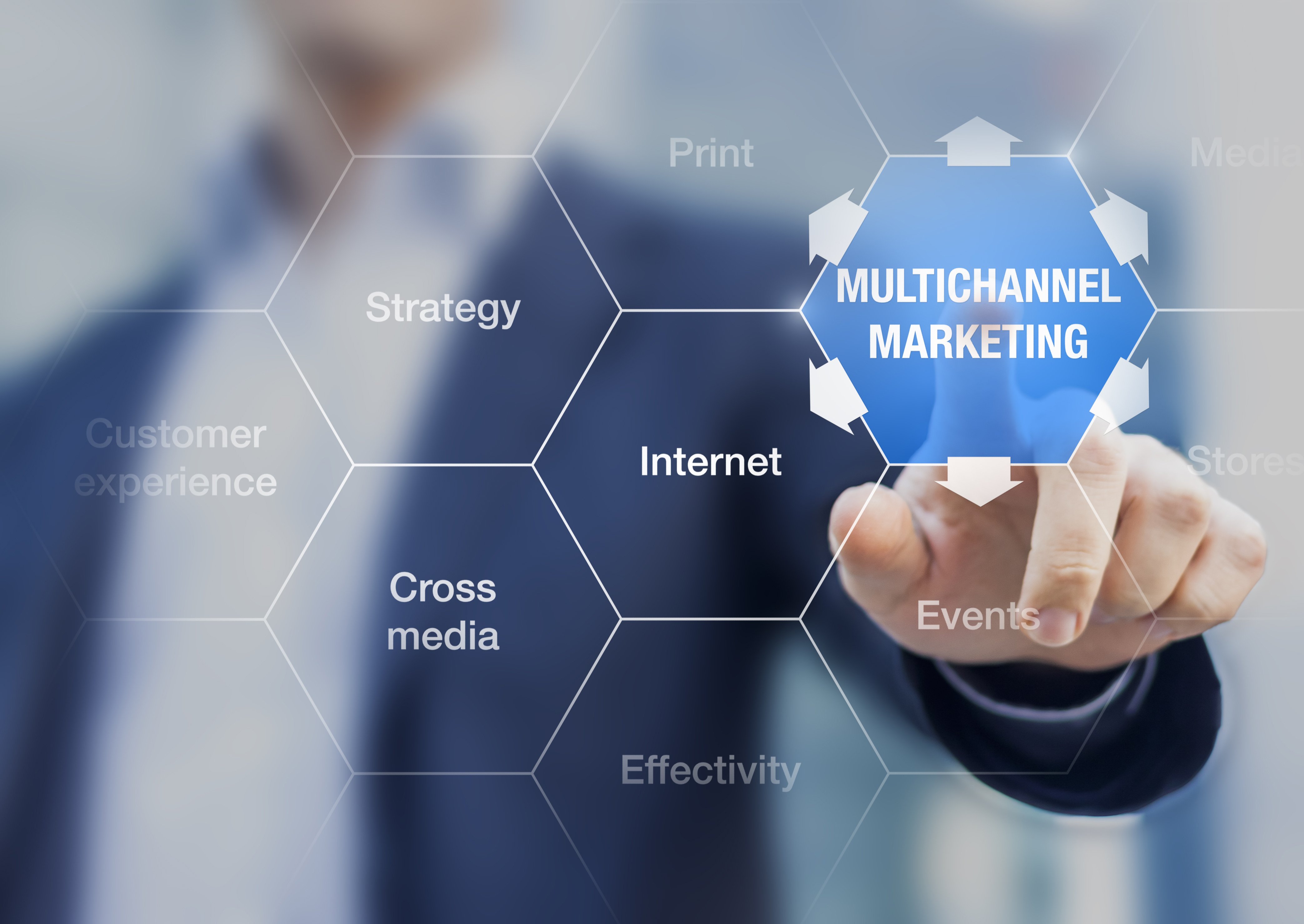Executive Q&A: Healthcare and compliance
How marketing can create dynamic strategies for distributed sales networks
We’ve seen too many inefficiencies fly under the radar and hold companies back. Our expertise in through-channel marketing and field sales support enables small marketing teams to support distributed sales forces at scale.


Some of us may remember a workplace before computers and email, but many have never known a career without digital tools – and those tools proliferate each year.
With internet-connected devices literally strapped to our wrists and geo-fenced apps nudging us at the whims of whichever retail outlet we frequent, we live an integrated experience throughout much of our day. This can be a source of inspiration for those of us in marketing and sales, as our options provide many ways to create, tailor, track and experiment with new approaches to grow pipelines and close more sales.
The new connectivity offers many opportunities and conveniences for sales and marketing professionals, but the abundance of touch points often leads to digital noise that grows louder as recipients are inundated with emails, online ads, social posts, push notifications and even text campaigns.
An article in The Atlantic addresses how email marketing systems and sales-generation software “have made it easier to blast consumers with repeated messages at all hours of the day, and nearly every social-media app or service seems bent on barraging users with endless email notifications.” The same article cites a recent study by the Radicati Group showing that globally people sent and received 269 billion emails a day in 2017, and that is projected to reach more than 333 billion by 2021.
One response to email exhaustion is the “inbox infinity” concept – professionals literally give up on the expectation to read and respond to emails to protect precious work time needed to focus on tasks at hand.
On top of that, organic social content barely performs as more platforms like Facebook become true pay-to-play, leaving marketing and sales stretching budgets or nixing other important facets of a strategy for more spend. Not to mention the costs of digital advertising are rising perhaps faster than they should due to bot farms driving artificial traffic, thereby inflating the cost over time.
So, marketing and sales teams face a new challenge with their omnichannel and multi-channel strategies: How can you improve the attention and resonance of digital tactics and make sure it’s not becoming digital junk?
We’re in an interesting position at The Marek Group where we’ve offered print, promotions, mail, incentives, kitting and fulfillment solutions for clients but also offer the Triptych platform for sales enablement. We can see both sides, and some of the more traditional tactics are making a comeback for good reason.
For a long time, nobody wanted mail and then email became huge. But now when people get a piece of physical mail at work, it doesn’t happen as often, and it stands out as long as it’s still relevant and timely within their consideration process. Physical mail and other tangibles can be the disruptors now.
I’m not suggesting those of us in the B2B space ditch digital platforms altogether. After all, there is still a lingering stigma about print within the sector, pointing to corporate sustainability initiatives as one reason.
Emails can be effective. So can ads. But now that recipients are desensitized to them – or even fully exasperated by them – the pressure is on us to use them creatively and intelligently, focusing on relevance and timing, and mix it up with selective traditional tactics that break through the digital noise.

How marketing can create dynamic strategies for distributed sales networks

Ensuring consistency across all marketing platforms is key to building a strong brand. At The Marek Group, our integrated cross-channel marketing...
 Read More
Read More